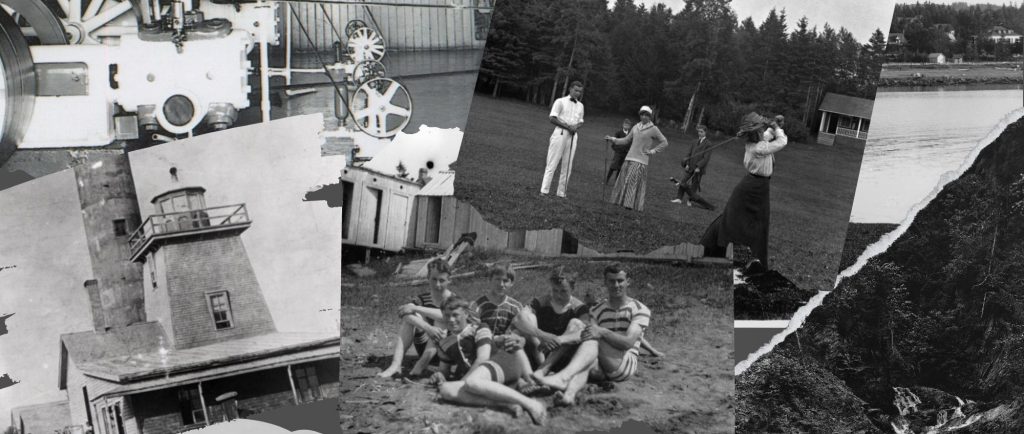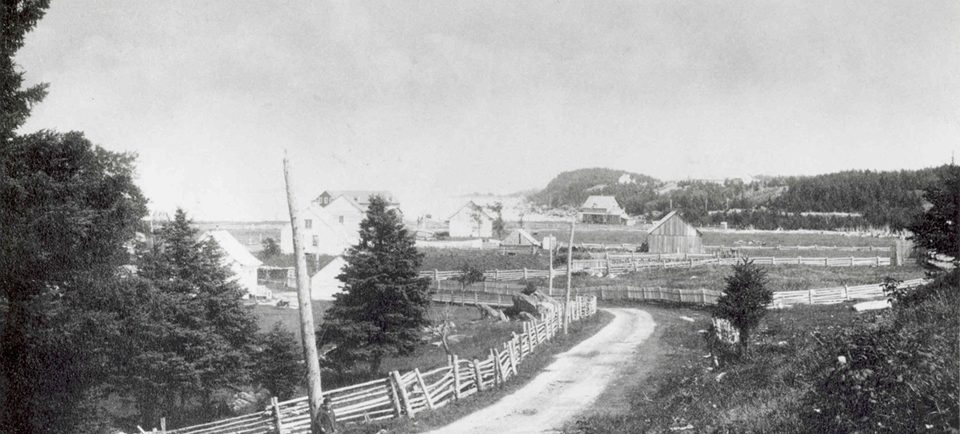Métis-sur-Mer: 200 Years of Shared History
Metis is a tiny community nestled on the shoreline of the St. Lawrence River. Midway between Rimouski and Matane, it is at the gateway to the Gaspe Peninsula. Settled in 1818, Metis has been a popular summer destination since the 1860s. In spite of a population that has rarely exceeded 700 residents, the community is known throughout Quebec, across Canada and in select spheres around the world.
It was scientist and McGill University principal William Dawson who first made Metis famous. He was joined by other Montrealers who established their rustic riverside homes nearby. Like Dawson, they were seeking to escape the humid air of Montreal. Taking the air was thought to be the cure to many ills and air spas were popular in the Victorian era. Some built sumptuous homes. Others rented modest quarters in seaside cottages built by local families.
The vacationers joined a community that had been established in 1818. Recruited by the Seigneur of Metis, John Macnider, the permanent community was composed of settlers from Scotland and their descendants. Hardy folk, they were separated from neighbouring communities by distance, language and religion. The Scots of Metis safeguarded their values and independence with ferocity. They responded to the arrival of wealthy Montrealers with entrepreneurial initiative. They became builders, operators of boarding houses and owners of large seaside hotels that served a steady influx of visitors.
Metis guarded its independence with pride. It built its own schools, formed a town council and sprouted businesses. It established its own traditions and way of life. It evolved its own way of speaking, continuing the accent of the first inhabitants, some of whom spoke mostly Gaelic.
The village dropped the diminutive “Little” in its name Little Metis in 1920, recognizing the advantage of advertising its beachfront to prospective tourists. Metis Beach became famous across the continent, not so much for its beach, but for its unique flavour of coastal living. The advent of automobiles and the opening of the Gaspe highway in 1929 brought new visitors from much further afield. Hotel registers filled with names from all parts of the continent.
Ironically, the rise of mass tourism ultimately led to the demise of the tourism economy in Metis. The shoreline sites of Metis hotels were too cozy to accommodate cars and extensive parking lots. The old wooden hotels were demolished. By the late 1960s, Metis had evolved from a bustling seaside resort to a community of cottagers, its once thriving past now illustrated on historical plaques but nowhere else in evidence.
When the town amalgamated with its neighbour Les Boules in 2002, it marked a new beginning. Relations developed between the English and French-speaking communities, summer residents and the broader population where few had existed previously.
Throughout these many changes, Metis has preserved much of its unique character. It remains an idyllic shoreline village whose high hedges and cliffside homes continue to intrigue passersby, inspire visitors and enthuse generations of families who have made it their home.
This unique co-habitation makes Metis fertile ground for stories and story-telling. These are some of those stories.
Start reading the story


